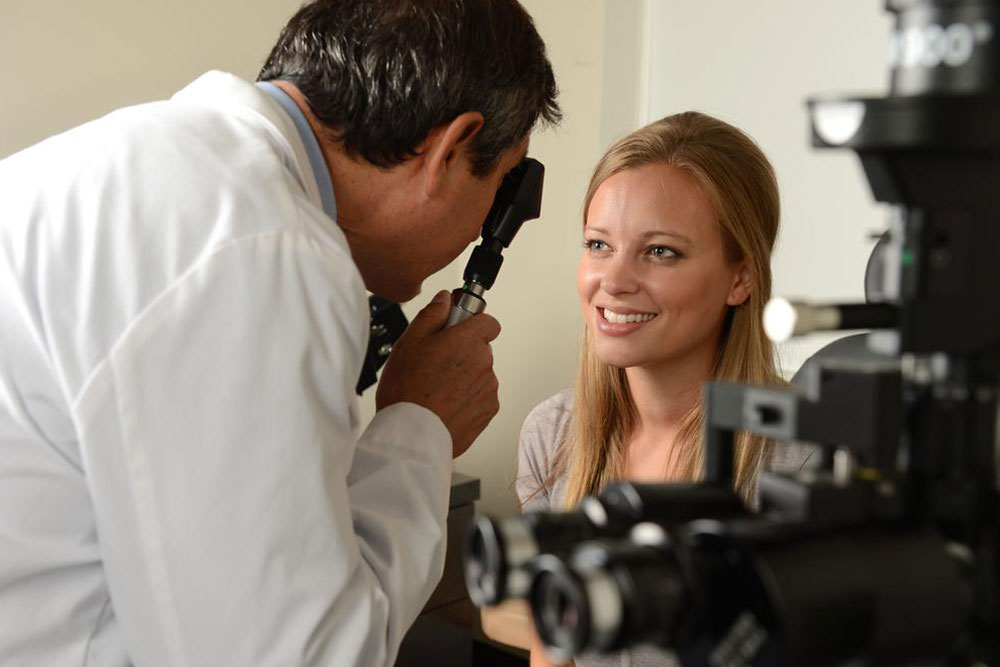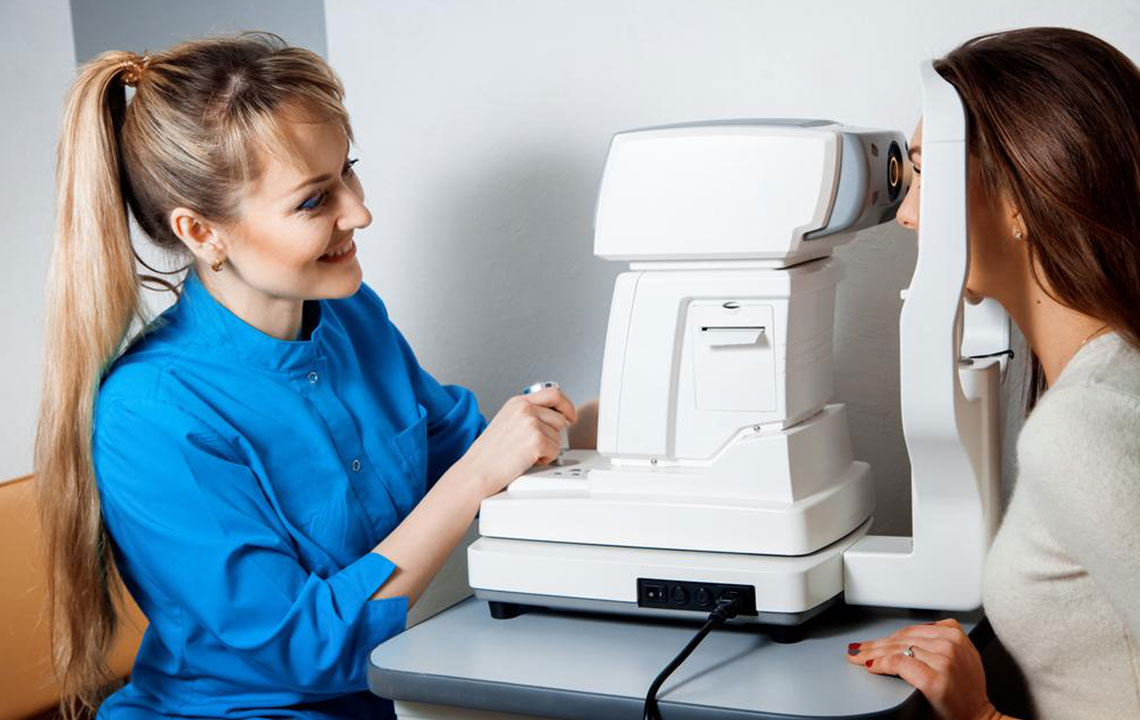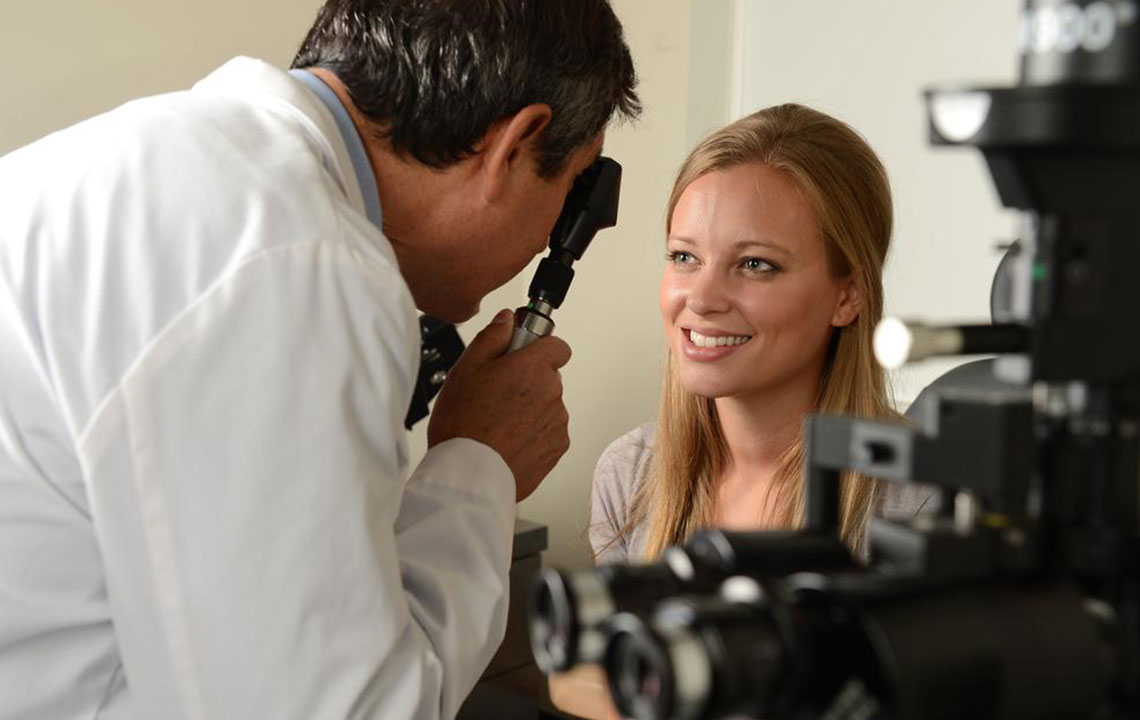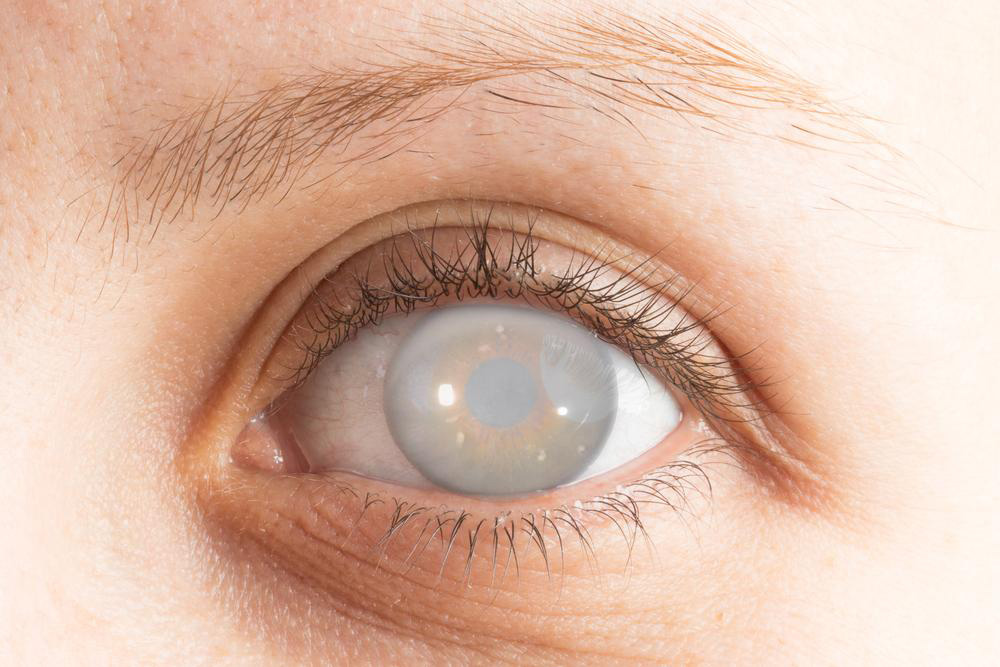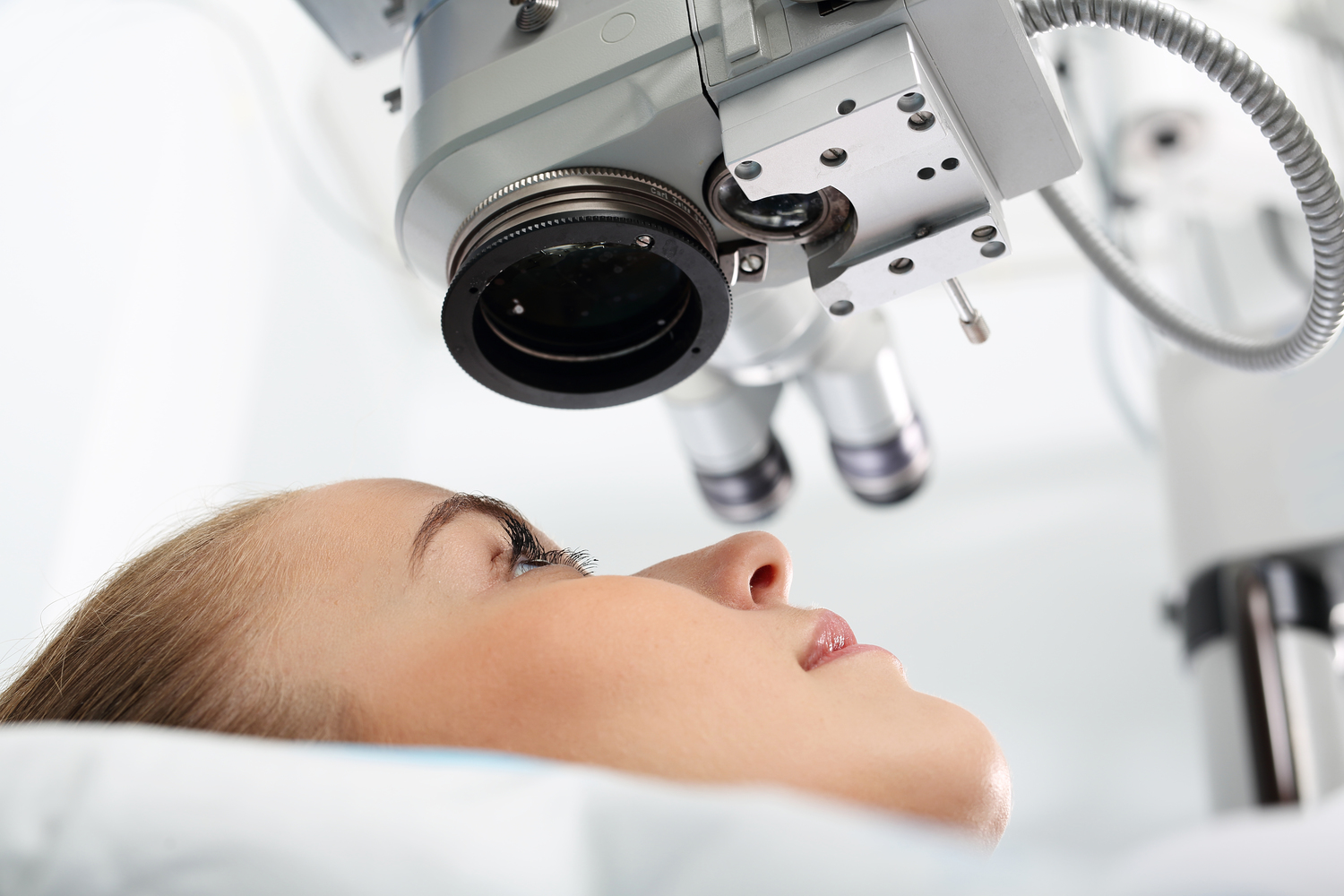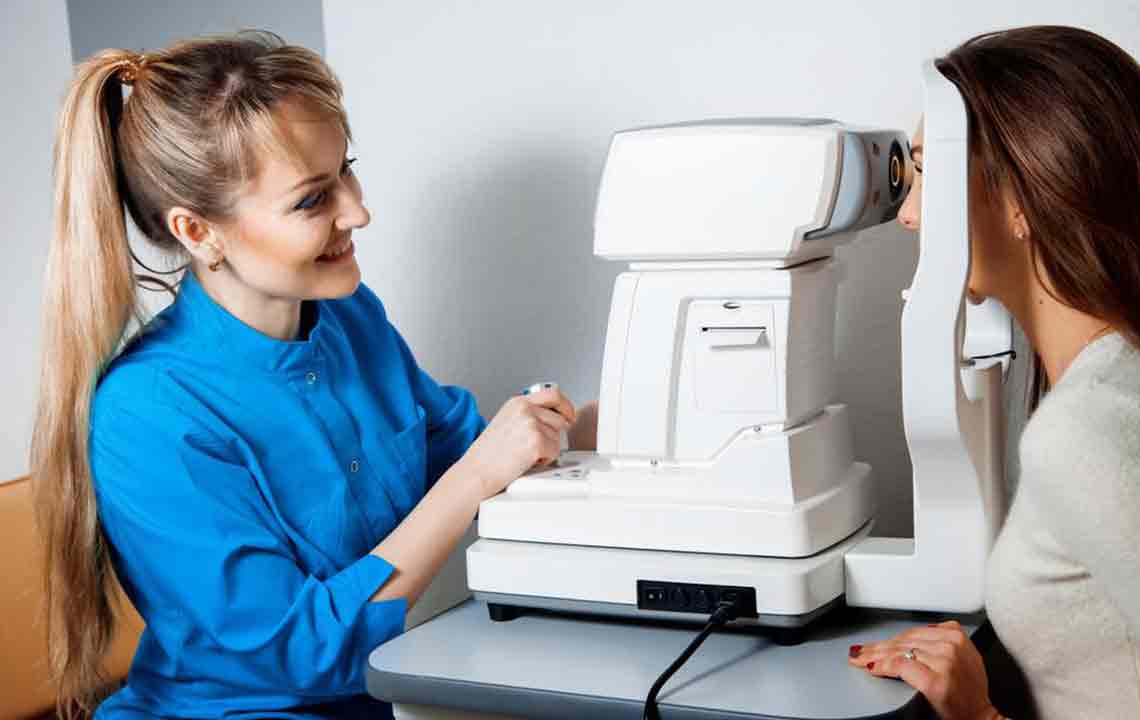Understanding Cataracts and Treatment Options: Is Surgery Your Best Choice?
This article explains cataracts, their symptoms, and why surgery is often the most effective treatment. It covers modern surgical methods, including laser options, and emphasizes the importance of consulting a doctor to determine the best course of action. With increasing safety and affordability, cataract surgery offers improved vision and quality of life for many patients worldwide.
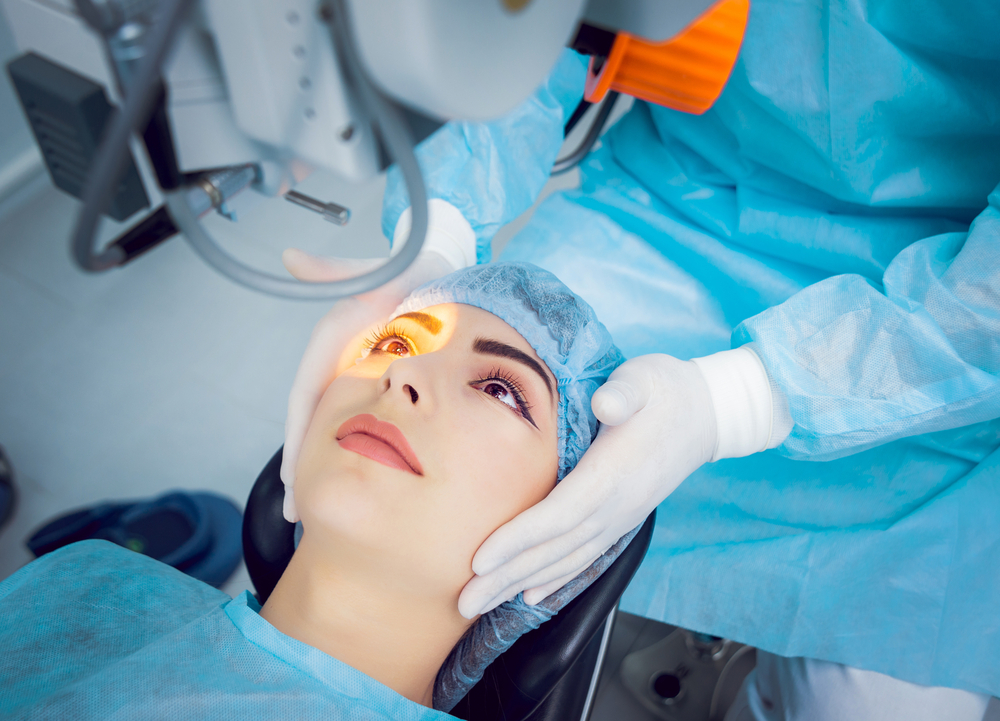
Understanding Cataracts and Treatment Options: Is Surgery Your Best Choice?
Is surgery the optimal choice for cataract treatment?
Cataracts are a common age-related condition, predominantly affecting individuals over fifty. Recognized globally as a leading cause of vision impairment, cataracts can significantly impact daily life. By 2020, it’s projected that over 30 million people worldwide will be affected, making it a major contributor to blindness. Though diagnosis can be alarming, various treatment methods exist to restore vision.
When corrective glasses aren’t sufficient, cataract surgery is a highly effective solution. This article aims to inform about different treatment options so you can decide if surgery is the right approach for your condition.
What is a cataract?
Though the term is familiar, many remain unaware of its symptoms and treatment options. Cataracts involve clouding of the eye’s natural lens, primarily due to aging, which hampers vision. Recognizing symptoms early can prevent progression and preserve eyesight.
Symptoms include blurry or dim vision, increased sensitivity to bright lights, double vision, difficulty seeing in low light, and yellowing or fading colors. Patients often need brighter lighting and may require frequent prescription adjustments. Initially, visual aids like glasses or contact lenses may suffice, but advanced cases often necessitate surgery.
Cataract treatment options
In early stages, corrective eyewear or contact lenses can improve vision. When these no longer help, surgical intervention becomes the preferred choice. Cataract surgery involves removing the clouded lens and replacing it with an artificial intraocular lens to restore clarity.
Details of cataract surgery
The procedure is primarily outpatient and can be completed within 15-30 minutes under local or topical anesthesia. Traditionally, ultrasound waves are utilized to fragment and extract the cloudy lens, which is then replaced with a synthetic intraocular lens positioned between the iris and pupil. Post-operative care includes a protective shield for the eye.
Nowadays, laser technology is increasingly used for cataract removal. Laser-assisted surgery enhances precision during corneal incision, lens segmentation, and capsule opening, leading to quicker recovery and improved outcomes. Although more expensive, laser surgery offers a less invasive option with higher accuracy.
Effectiveness of cataract surgery
This safe and straightforward outpatient procedure offers a high success rate in restoring vision. Post-surgery, most patients experience clear sight, often eliminating the need for glasses. Recovery is swift, and the majority of individuals find surgery to be the most effective solution when cataracts impair daily activities.
Is surgery the right choice for you?
Consult an eye care specialist to discuss the risks and benefits. Surgery is generally recommended once cataracts begin to interfere with quality of life. With affordable costs and proven safety, cataract surgery remains the best option for many. Your doctor can help determine if it’s suitable for your specific condition.

